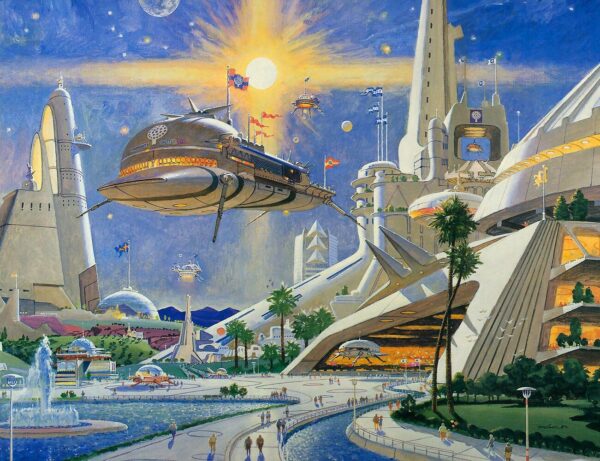Privately, I spend a lot of time contemplating about how humans think about the future, especially in the context of new technologies - I am primarily interested in mental constraints that limit us from our own greatness.
How do we do we go about solving pressing problems of this planet - when pondering about the solutions, do we use analogies or first principle thinking?
Similarly to the problem of resource aboundance in design space, there are two modes of thinking when it comes to building something new:
- how-constrained design
- Take what is possible at a present moment (e.g. components, manufacturing methods - effectively what already exists at Technology Readiness Level 9) and build a product from there
- what do you actually want? design
- Imagine the desired configuration of atoms and/or bits and then think about would it would take to put them together. In effect, that's Drexler's exploratory engineering which is only limited by the possible physical transformations. This way, you might have to build intermediate technologies on the way - but without it we will be stuck forever.
This distinction ties in some sense to 0 to 1 vs. 1 to N concept - usually 1 to N products are done in the how-constrained mode.
It's that simple, but it looks like that most of the people think in the former mode. Why? For some reason most people are not that imaginative and are fine with status quo. On top of that, what do I actually want in life is a dangerous question in the world of optionality - not that many people want to give up illusions for one concrete, somehow known pathway.
